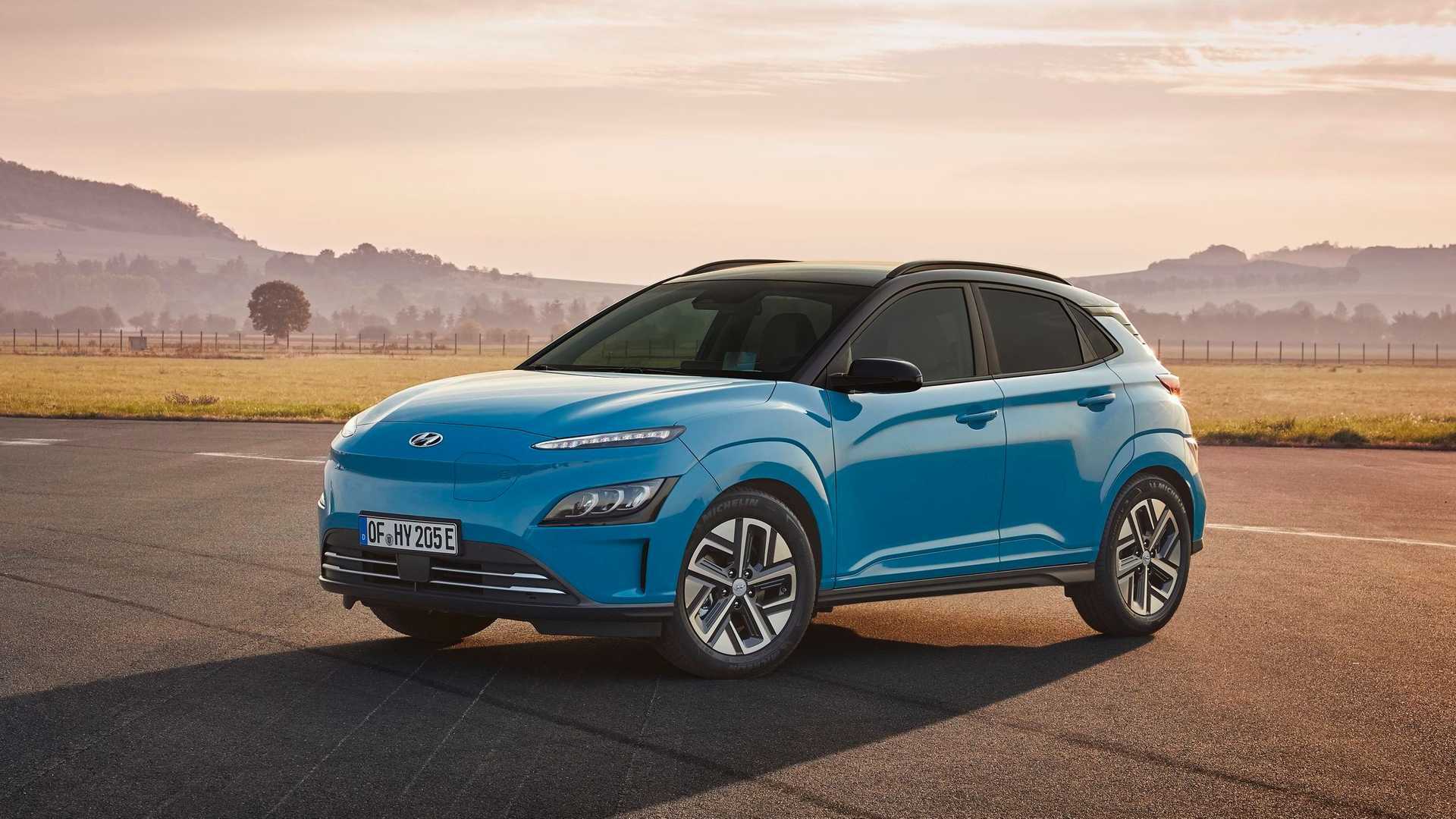Long in 1997 before Tesla in the early era of electric vehicles Toyota made a battery EV RAV 4 for leaser in CA they didnt lease many (1400) . The ones that did make it out in the market were very popular (but pricey), off lease ones ones when they came up sold for about the original asking price. No doubt Toyota lost money on everyone they leased but it bought them some PR. Subsequently Toyota has been in the hybrid market with the Prius for years and has dipped their toes into the market with the Prius prime but their corporate policy is that an all battery drivetrain is not a good fi and they are banking on fuel cell hydrogen technology.
They did recently come out with the Rav 4 Prime. Its good fit for my use and lot of others as its a SUV AWD chassis (Priuses are miserable in areas that get snow due to low ground clearance and tight fenderwells that can ice up). The RAV4 is plug in hybrid with 40 miles of EV capacity. This gets rid of range anxiety for us rural folks but gives us enough power for electric local runs. For those who want fast acceleration its got quite bit of power (obviously at a cost of gas and battery range). It also still qualifies for the $7.500 federal battery credit. I do a lot of outdoors trips (precovid) and many of my destinations do not have plug in options and if I add in occasional stops for battery charging it cuts down on my range substantially for weekend and day trips. It also fits into my current work which is mostly from home but soon to be frequent 400 to 500 mile day trips to check on projects every couple of weeks.
So its sounds intriguing and may be worth taking a further look. I start checking availability and quickly find "limited availability in most markets". For the first model year they are shipping a grand total of 5000 of these to the US with most going to California. Supposedly it may be less as they have Covid issues in the supply chain. This of course is buried way down in the advertising. They claim that next model year they may ship 20K of them. The dealers know it and many have 10K markups on the few that are out there.
Sure looks to me like advertising and they really could care less about actually selling them. No doubt the Prime will be to get folks in the door and then they will be pointed at the mild hybrid version without the battery pack.
No doubt the Prime will be to get folks in the door and then they will be pointed at the mild hybrid version without the battery pack.
They did recently come out with the Rav 4 Prime. Its good fit for my use and lot of others as its a SUV AWD chassis (Priuses are miserable in areas that get snow due to low ground clearance and tight fenderwells that can ice up). The RAV4 is plug in hybrid with 40 miles of EV capacity. This gets rid of range anxiety for us rural folks but gives us enough power for electric local runs. For those who want fast acceleration its got quite bit of power (obviously at a cost of gas and battery range). It also still qualifies for the $7.500 federal battery credit. I do a lot of outdoors trips (precovid) and many of my destinations do not have plug in options and if I add in occasional stops for battery charging it cuts down on my range substantially for weekend and day trips. It also fits into my current work which is mostly from home but soon to be frequent 400 to 500 mile day trips to check on projects every couple of weeks.
So its sounds intriguing and may be worth taking a further look. I start checking availability and quickly find "limited availability in most markets". For the first model year they are shipping a grand total of 5000 of these to the US with most going to California. Supposedly it may be less as they have Covid issues in the supply chain. This of course is buried way down in the advertising. They claim that next model year they may ship 20K of them. The dealers know it and many have 10K markups on the few that are out there.
Sure looks to me like advertising and they really could care less about actually selling them.
 No doubt the Prime will be to get folks in the door and then they will be pointed at the mild hybrid version without the battery pack.
No doubt the Prime will be to get folks in the door and then they will be pointed at the mild hybrid version without the battery pack.


